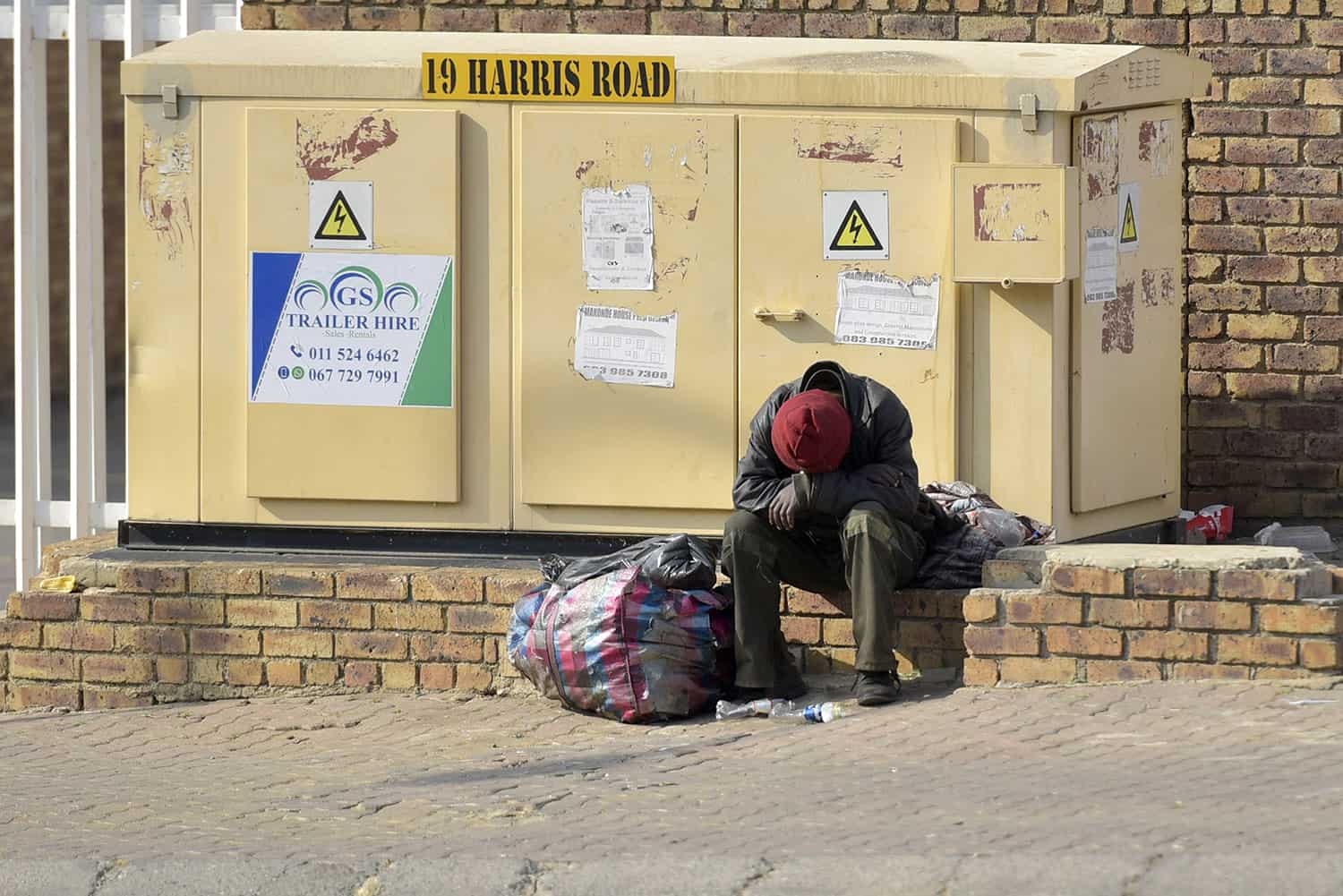South Africa’s skills-force ranks among the lowest globally, with millions graduating every year without any competitive skills.

South Africa has 11.5 million unemployed adults, 7.6 million of which are ready and willing to work. But the rest (3.9 million) have lost hope of ever finding employment.
A PwC report titled South Africa Economic Outlook Responding to higher inflation and rising interest rates, said the unemployment numbers and hopelessness among millions of job seekers is a concern for business leaders.
“This is a big worry: 73% of South African respondents to PwC’s 25th Annual Global CEO Survey are very or extremely concerned about social inequality (including those stemming from gender, race, ethnicity, wealth, etc.) negatively impacting their company over the next 12 months,” said the report.

South Africa’s skills-force among the lowest globally
The WEF Global Competitiveness Report 2019 ranks South Africa 101st out of 141 countries for the skills of its current workforce.
“What this tells us is that while the country’s education system produces hundreds of thousands of high school graduates each year, their skillset is not competitive in a global context,” states the report.
The report recommends that post-school upskilling in the private sector will be vital to ensuring that local industries are staffed with people who have the know-how to help drive economic growth.
PwC reports that while many businesses welcomed governments’ list of key occupations as a tool to facilitate the hiring of skilled international workers, it also served as an audit of skills that need to be developed locally – and fast.

Will retailers be hiring in 2022?
The report warns that expanding retail companies need to transform the workforce that they have by upskilling staff.
“The country has a big volume of available labour. For companies looking to hire, this provides opportunities for acquiring new workers,” said the report.
According to industry-specific data, around 540,000 people who lost their jobs during 2021 Q3 had previously worked in trade sectors.
“Announced plans for store openings suggest that there will definitely be jobs available in the trade sector,” said the report.
The Pick n Pay Group is planning to open 200 new Boxer stores over the next three years.
The Shoprite Group (South Africa’s largest private-sector employer) plans to open more of its recently launched smaller-format Checkers Foods stores, stand-alone Medirite pharmacies, and Little Me baby stores.
Around 20 Spar stores that are still closed in the wake of the July 2021 unrest are scheduled to reopen this year.

Economic stagnation among the key risk factors
PwC has warned that economic growth will soon revert back to its long-term, low-growth trend, if impactful structural changes are not made.
“As the bounceback from the 2020-2021 lockdowns come to an end, South Africa’s growth rate is again falling.
We expect a real GDP growth rate of only 1.5% in 2024: this is now the country’s potential growth rate in a normal year based on structural constraints,” said the report.
This will be barely higher than the population growth rate.
South African respondents to the survey underpinning the World Economic Forum (WEF) Global Risks Report 2022 identified prolonged economic stagnation as one of their top five risks for the country.
“This reflects the fact that too few of the key structural challenges faced by South Africa before COVID-19 have yet been resolved,” said the report.

Load shedding remains a key impediment to the growth
The report says that load-shedding is still the country’s number one growth impediment.
Power outages increased by an estimated 38% last year, with load-shedding averaging three hours per day.
“A combination of factors — including load-shedding, social unrest, business uncertainty due to the rate of recovery of the economy post-Covid-19, and many other issues — contributed to a net 742,000 job losses during the first three quarters of 2021.”
This reduced employment to almost as low as seen during lockdown levels 5 and 4 in the second quarter of 2020.
NOW READ: ‘Unemployment, state of SA’s economy gives me sleepless nights’ – Ramaphosa






